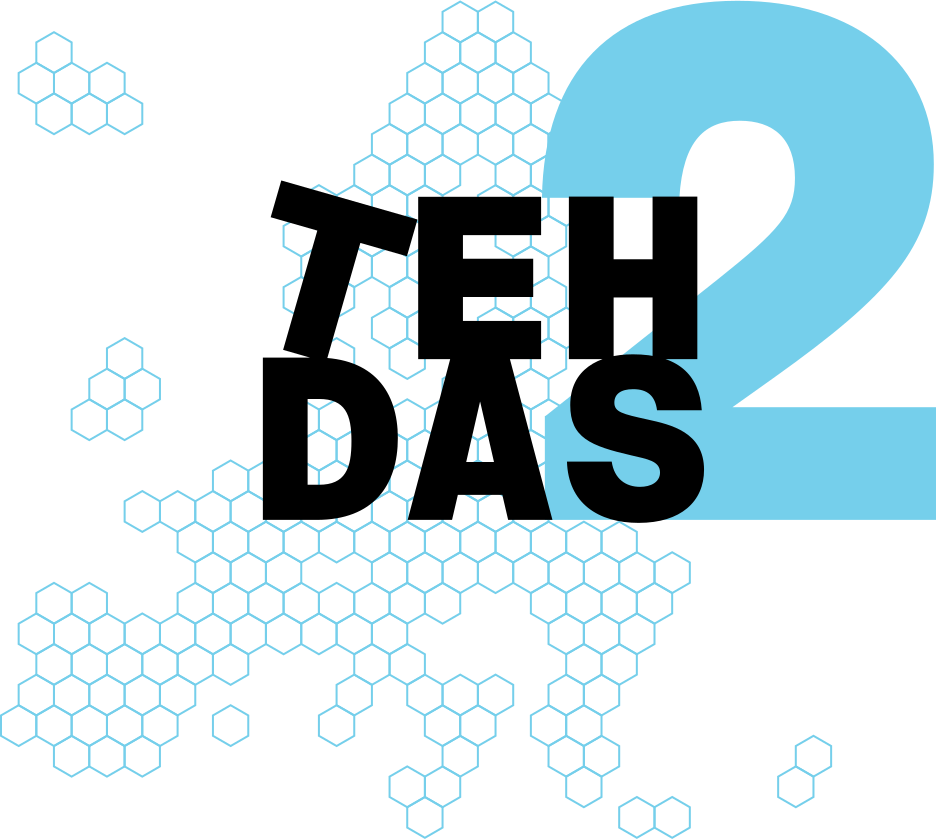Project
The TEHDAS2 joint action is creating concrete guidelines and technical specifications for using health data across country borders. The work involves 29 countries.
Share away! If you feel like it.
The TEHDAS2 joint action is creating concrete guidelines and technical specifications for using health data across country borders. The work involves 29 countries.
What is our goal?
Our goal is to develop common guidelines and technical specifications to facilitate smooth access to health data and strengthen European collaboration in using data efficiently. Secondary use of health data enhances competitiveness of European research and innovation in the health sector.
TEHDAS2 project advances the cross-border secondary use of health data in Europe to improve research, innovation and policymaking. The project will build on the work of previous TEHDAS and other European projects.
What is it about?
European researchers, businesses and policy makers face many barriers to the cross-border use of health data. Data is needed to prevent and treat diseases more effectively in the future.
The new legislation aims to clarify and harmonise member states’ practices and facilitate cross-border collaboration. The regulation and data protection requirements will ensure the secure use of health data. New technologies and common standards will help to change healthcare in Europe for the better, to the benefit of all.
The European Health Data Space (EHDS) aims to enhance the secondary use of health data to strengthen research, innovation and policymaking across Europe.
The primary use of health data is the use of health information, such as patient records, to treat a person. The secondary use of health data means using health data for purposes other than the primary reason for which they were originally collected. The secondary use can be, for example, research, decision-making, development and innovation, and education.
The benefits of the secondary use of health data include providing better healthcare services and personalised care for people, and thereby saving lives, increased business opportunities for companies and cost savings for societies.
What do we do?
The TEHDAS2 project will develop concrete guidelines and technical definitions to make it easier to use health data in different countries. It will support the harmonised implementation of the EHDS legislation.
The results of the project will guide health data authorities, data holders as well as data users in fulfilling their future responsibilities under the regulation.
The project will, for instance, help to establish good practices and outline harmonised means of describing data, supporting the discovery of health data and streamlining access to data sets. The project will also create technical specifications for secure data processing environments and develop co-operation models and guidelines for data access and licensing fees.
Who is involved?
The TEHDAS2 project involves partners from 29 European countries. The project is co-ordinated by the Finnish Innovation Fund Sitra.
The TEHDAS2 joint action is funded by the European Union’s EU4Health Programme and the European countries involved.
Where are we now?
The TEHDAS2 joint action project started on 1 May 2024 and will end on 31 December 2026.
The draft reports compiled by the work packages will be opened for a public consultation, allowing stakeholders to provide input to the TEHDAS2 work in a coherent way.
The consultations are carried out in three waves. The first wave took place in January-February 2025, the second is scheduled for September 2025 and the third for May 2026. Once the consultation has been completed, the results will be analysed, and comments taken into account to finalise the work. The final deliverable will undergo another internal acceptance process before publishing.
The first stakeholder forum took place in January 2025. Read our summary.

